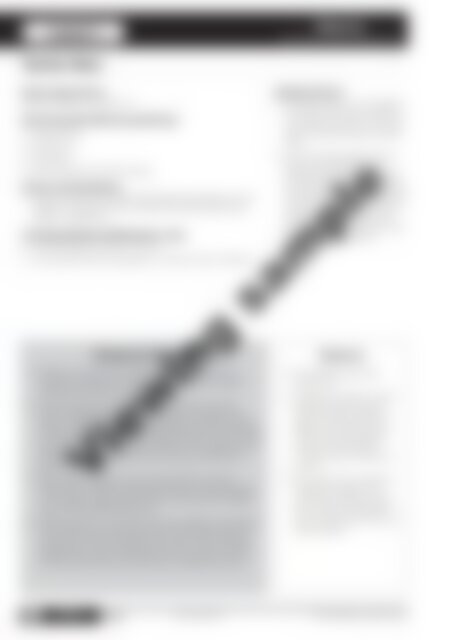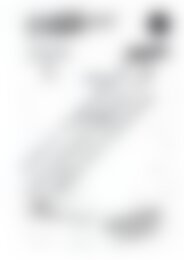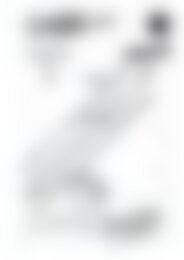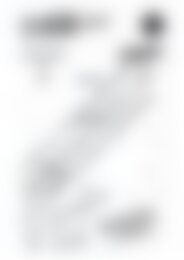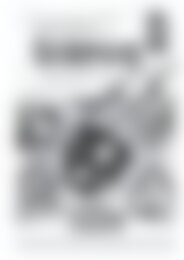PR-6170RUK Science A STEM Approach - Primary 1
You also want an ePaper? Increase the reach of your titles
YUMPU automatically turns print PDFs into web optimized ePapers that Google loves.
Lesson 1<br />
Materials<br />
MATERIALS HAVE <strong>PR</strong>OPERTIES<br />
Teacher Notes<br />
<strong>Science</strong> Inquiry Focus:<br />
What are objects made from?<br />
Skills Development/Working Scientifically:<br />
• Questioning<br />
• Predicting<br />
• Analysing<br />
• Recording and communicating<br />
<strong>Science</strong> Learning Outcome:<br />
• Pupils use their five senses while observing objects, to sort<br />
objects into groups and to predict the material that each<br />
object is made from.<br />
Technology/Engineering/Mathematics Links:<br />
• Sorting objects by colour and size.<br />
• Using mathematical language to compare sizes of objects.<br />
Background Information<br />
• Objects are made from different materials which can<br />
be seen and felt. Some objects are made from natural<br />
materials and others are man-made.<br />
• Natural materials come from plants, animals and the<br />
ground. Materials that come from plants include wood,<br />
cotton and latex rubber. Materials that come from animals<br />
include wool, silk and leather. Materials that come from the<br />
ground include stone; native metals such as copper, silver<br />
and gold; and composites such as clay, porcelain and<br />
plasticine.<br />
• Man-made materials are manufactured from natural<br />
materials or created synthetically. These include materials<br />
such as glass, plastic, paper, fabric and ceramics. Rubber<br />
can also be synthetically made.<br />
• While pupils do not need to know the difference between<br />
natural and man-made resources at this stage, they may<br />
enquire as to where materials come from. This could be<br />
explained as: some materials come from plants, animals<br />
and from the ground, and others are made by humans.<br />
Assessment Focus:<br />
• Use observations or a checklist<br />
to monitor the pupil's ability to<br />
sort objects by colour, size and<br />
type of material they are made<br />
from.<br />
• Use the photographs of each<br />
group as work samples to<br />
demonstrate the pupil's ability<br />
to group objects by colour, size<br />
and material. These may also be<br />
used to create A3 posters with<br />
the headings We can sort by<br />
colour, We can sort by size, and<br />
We can sort by material.<br />
Resources<br />
• One digital camera for<br />
teacher use<br />
• A selection of three or four<br />
objects made from each<br />
type of material listed on<br />
page 76. Each group will<br />
require the same objects<br />
to sort and the objects<br />
must be various sizes and<br />
colours.<br />
• One copy of the materials<br />
buckets on page 77 for<br />
each group. These should<br />
be cut out and laminated<br />
prior to the lesson for use in<br />
other lessons.<br />
Viewing sample<br />
74 <strong>Science</strong>:<br />
A <strong>STEM</strong> AP<strong>PR</strong>OACH<br />
Infants 978-1-912760-14-5 Prim-Ed Publishing – www.prim-ed.com


